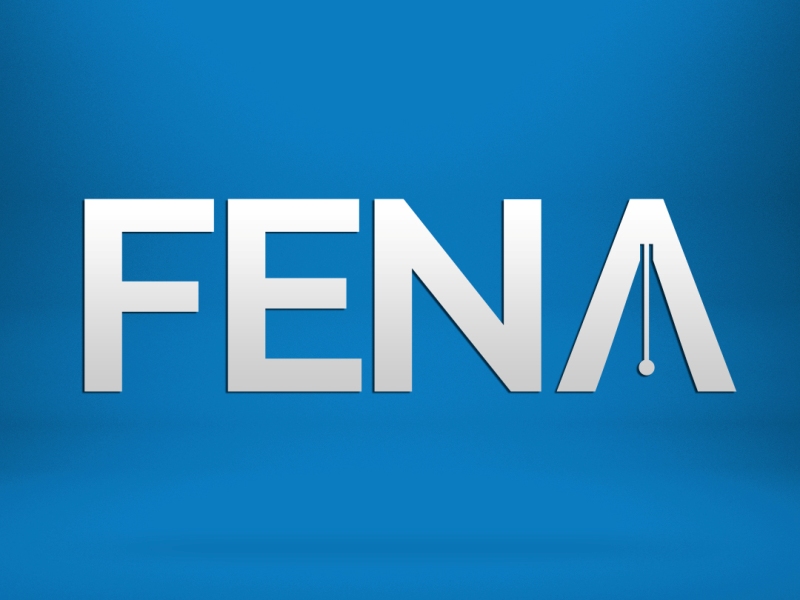SARAJEVO, November 6 (FENA) - Media content is very little adapted for the deaf and hearing impaired, as well as the blind and visually impaired persons, although the Law on Communications of Bosnia and Herzegovina and the laws on public broadcasting services stipulate the obligation of broadcasters to make the program accessible to people with disabilities.
Although no quotas or methods of ensuring accessibility have been prescribed so far, the Regulatory Communications Agency of BiH (CRA) intends to introduce binding quotas of content adapted to persons with disabilities as part of the process of harmonizing the existing regulatory framework with the European Union Directive on audiovisual media services, which will be implemented until the end of 2022.
CRA told FENA that, according to official analyses, the representation of accessible content in the programs of media service providers in Bosnia and Herzegovina is at an extremely low level.
Although the situation in the countries of the European Union is significantly better in terms of the accessibility of media content, they claim that the new Directive of the European Union on audiovisual media services pays additional attention to this issue and sets new obligations for the member states.
They point out that the Directive obliges the media to develop action plans for accessibility, and that regulatory bodies play a central role in monitoring compliance with accessibility provisions.
The CRA states that in 2020 certain steps were taken in terms of improving and adapting the media content of services to persons with disabilities through the introduction of binding quotas of accessible content for public RTV services, which is in accordance with the requirements set by the international legal framework for audiovisual media services.
Thus, as they point out, public RTV services in Bosnia and Herzegovina are obliged, on a weekly basis, to regularly broadcast informative, cultural, educational, entertainment, drama and documentary programs in a way that is accessible to people with disabilities and developmental difficulties, especially people with hearing impairment or vision, including children.
They explain that accessibility is achieved through, among other things, sign language interpretation, subtitling and audio description.
"At least one news show per day in prime time must be in sign language. Also, the share of programs of public RTV services accessible to persons with disabilities and developmental difficulties should be at least 10 percent in the first year, and in the next five years should increase to a minimum of 25 percent of the total broadcast program. Compliance with the aforementioned provisions will be subject to verification by the Agency in the coming period," they stated.
As for other broadcasters, the CRA says that the current regulatory framework for commercial media service providers does not contain a binding, but rather an indicative provision, which mandates that licensees will endeavor to make services accessible to people with visual or hearing impairments.
"The Communications Regulatory Agency intends to introduce binding quotas of content suitable for people with disabilities and for other broadcasters in Bosnia and Herzegovina, as part of the process of transposition of the existing regulatory framework with the EU Directive on audiovisual media services, which will be implemented by the end of 2022," they said.
Jasminka Proho, a representative of the Association of the Deaf in the Sarajevo Canton and a sign language interpreter, claims that very little media content is adapted to deaf and hearing-impaired persons.
"Only a few shows are adapted for deaf and the hearing-impaired, namely the news at 5 p.m. as part of the show "BHT Live", Dnevnik 3 on weekends, the weekly show "Govor tišine" and recently the News at 5 p.m. on TVSA. The situation is not any better in the entity of RS either," said Proho.
She explained that the EU Directive clearly defined what media houses should do in order to adapt the content to people with disabilities and that the CRA issued recommendations that by 2025, precisely 25 percent of the content should be adapted to such persons.
She stressed that the media outlets have the desire and will to make it happen because there is also a fear of penalties.
Director of the Association of the Blind in the Sarajevo Canton, Fikret Zuko, said that none of the shows on television are adapted for blind and partially sighted people.
"Although everything is concentrated on the visual effect, we can't even follow some shows objectively. But what they could do is let's say political shows. However, it often happens that in some part something is shown that a blind person cannot see, and which is relevant," Zuko told FENA.
As for the internet portals, Zuko says that some are accessible and some are not, and that the standard prescribed by international documents is not applied.
"Advertisements on portals often cause us problems, because a blind person cannot turn them off very easily. But still, they are more accessible than television," he said.
Zuko believes that the inclusion of people with disabilities should be taken more seriously when it comes to media content because access to information must be possible for everyone under equal conditions.
(FENA) S. R.







